Home>Dining>Table Decor>How To Color Water For Floral Arrangements
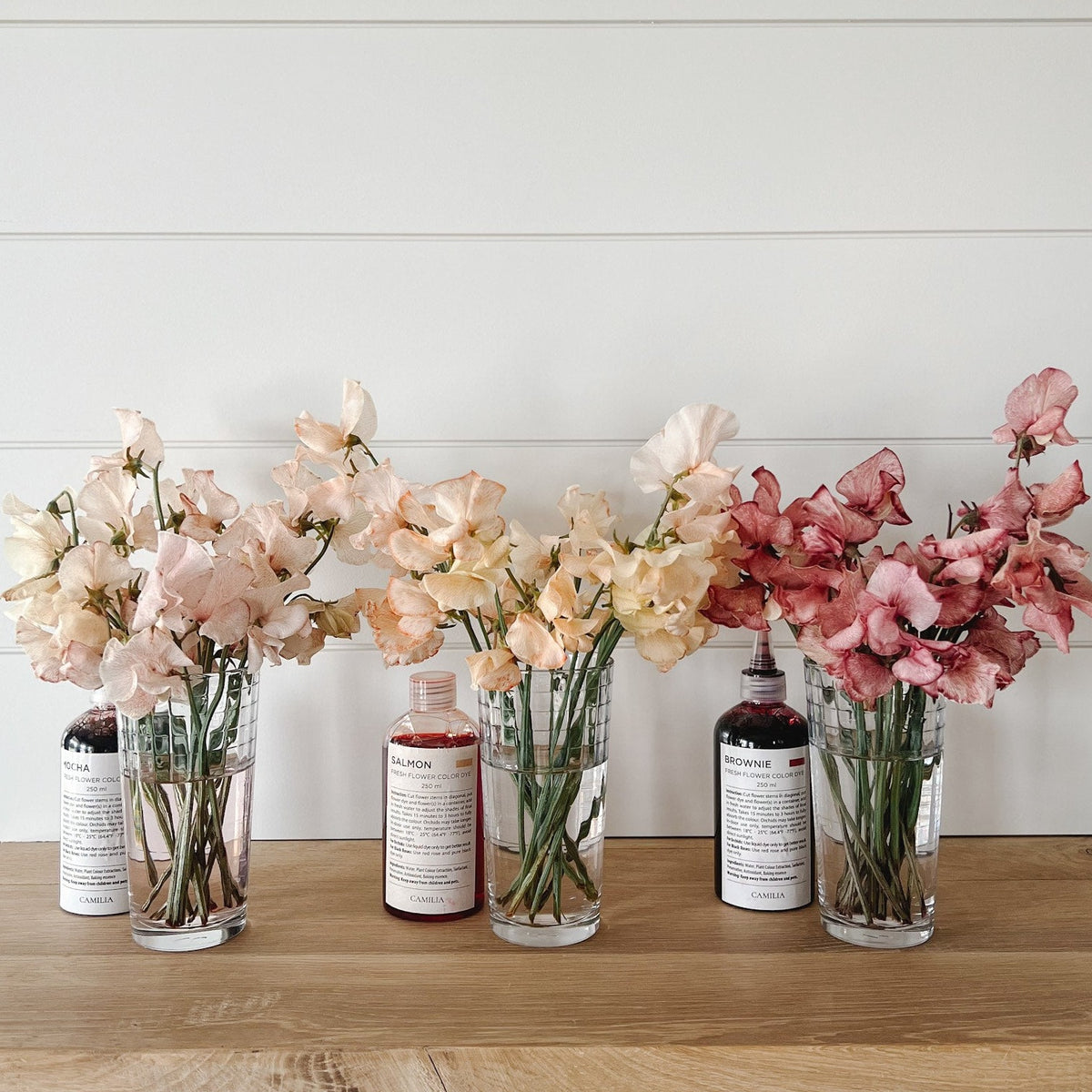

Table Decor
How To Color Water For Floral Arrangements
Modified: October 20, 2024
Enhance your table decor with vibrant floral arrangements! Learn how to color water for your centerpiece designs and create a truly stunning aesthetic.
(Many of the links in this article redirect to a specific reviewed product. Your purchase of these products through affiliate links helps to generate commission for Storables.com, at no extra cost. Learn more)
Introduction
When it comes to creating stunning floral arrangements, every little detail counts. From choosing the perfect flowers to selecting the right vase, there are numerous elements to consider. One often overlooked aspect that can add a pop of color and visual interest to your floral displays is the water itself. By coloring the water, you can create a beautiful backdrop that complements and enhances the flowers.
In this article, we will delve into the art of coloring water for floral arrangements. We will explore the reasons why you might want to experiment with colored water, the different methods you can use, and important tips for doing so safely. Whether you’re planning a wedding, hosting a special event, or simply want to elevate the beauty of a bouquet, coloring the water can take your floral arrangements to the next level.
Key Takeaways:
- Elevate your floral arrangements by coloring the water to enhance aesthetic appeal, create unique atmospheres, and highlight the natural beauty of the flowers. Experiment with food coloring, dye tablets, or natural ingredients for a personalized touch.
- Ensure the longevity and beauty of your floral displays by prioritizing safety when coloring the water. Consider alternative methods to add color and visual interest, and incorporate additional tips for enhancing your arrangements. Unleash your creativity and create captivating floral displays that leave a lasting impression.
Why Color Water for Floral Arrangements?
Coloring the water in your floral arrangements can have a transformative effect on the overall look and feel of your displays. Here are a few reasons why you might consider adding color to your water:
- Enhance the Aesthetic Appeal: Colored water can create a visually captivating effect, adding depth and dimension to your arrangements. It allows you to incorporate complementary or contrasting hues that align with your desired theme or color palette.
- Create a Unique Atmosphere: By adding color to the water, you can set the mood and create a specific ambiance for your event or space. Whether you want to evoke a sense of elegance, romance, or vibrancy, colored water can help you achieve the desired atmosphere.
- Highlight the Flowers: When you color the water, it can enhance the natural beauty of the flowers themselves. By providing a backdrop that complements the color of the blooms, you can make the flowers stand out even more, creating a captivating display.
- Add a Personal Touch: Customizing the color of the water allows you to infuse your personality and creativity into the arrangement. It’s a unique way to express your style and make a statement with your floral displays.
Overall, coloring the water in your floral arrangements offers an opportunity to elevate your creativity and create displays that are visually captivating and memorable. It’s a simple yet effective technique that can make a significant impact on the overall aesthetic appeal.
Choosing the Right Coloring Method
Now that you understand the benefits of coloring the water for your floral arrangements, it’s time to explore the different methods you can use. Here are a few popular options:
- Food Coloring: One of the most accessible and cost-effective methods is using food coloring. Available in a wide array of shades, food coloring allows you to easily experiment with different colors. Simply add a few drops of food coloring to the water and mix well. Adjust the intensity of the color by adding more drops as needed. Keep in mind that some food coloring may stain certain types of flowers, so it’s best to do a small test before fully committing.
- Dye Tablets: Another convenient option is using dye tablets specifically designed for coloring water. These tablets dissolve quickly and evenly, creating vibrant hues. They are commonly used for tinting water in decorative fountains, but they can also be used for floral arrangements. Follow the instructions on the packaging to ensure the proper dosage for your desired color intensity.
- Natural Ingredients: If you prefer a more organic approach, you can use natural ingredients to color the water. For example, beet juice can produce a rich pink or red hue, while turmeric can create a warm yellow tone. Experiment with different ingredients like fruits, vegetables, and spices to achieve the desired color. Keep in mind that natural dyes may not be as vibrant as synthetic options, so adjust your expectations accordingly.
When choosing a coloring method, consider the type of flowers you’ll be using and the overall theme or mood you want to create. Experiment with different techniques to find the color and method that best aligns with your vision.
Tips for Coloring Water Safely
While coloring water for floral arrangements can be a fun and creative process, it’s important to prioritize safety. Here are some essential tips to ensure that you color the water safely:
- Use Safe and Non-Toxic Coloring Agents: When selecting coloring agents, make sure they are specifically labeled as safe for consumption. This ensures that they won’t harm the flowers or pose a risk to the environment.
- Test the Coloring Agent: Before using a coloring agent on a large scale, test it on a small sample of the water and observe the flowers’ reaction. Look for any signs of wilting, discoloration, or damage. If the test is successful, you can proceed with confidence.
- Avoid Over-Dyeing: While you want the water to have a noticeable color, be cautious not to over-dye it. Excessively concentrated coloring agents can harm the flowers by blocking their access to water and nutrients. Follow the recommended dosage to achieve the desired hue without compromising the health of the blooms.
- Change the Water Regularly: Colored water may become murky or develop an unpleasant odor over time. To maintain the freshness of your arrangement, change the water every 1-2 days or as needed. This will also prevent any build-up of bacteria that could harm the flowers.
- Consider Floral Sensitivities: Some flowers are more sensitive to coloring agents than others. Delicate blooms, such as orchids or lilies, may be more susceptible to discoloration or damage. If you’re unsure about a particular flower’s tolerance to colored water, consult with a florist or conduct a small-scale test before committing to a larger arrangement.
- Monitor Water Temperature: Extreme temperatures can impact the effectiveness of coloring agents or negatively affect the flowers. Avoid using very hot or cold water when coloring, and aim for room temperature water to maintain optimal conditions.
By following these tips, you can safely and confidently color the water for your floral arrangements, ensuring the longevity and beauty of your blooms.
Add a few drops of food coloring to the water in your floral arrangement to create a beautiful and unique display. Be mindful of the color of the flowers and choose a complementary or contrasting color for the water.
Step-by-Step Guide: Coloring Water for Floral Arrangements
Now that you have an understanding of the benefits and safety considerations, let’s dive into a step-by-step guide on how to color water for your floral arrangements:
- Choose Your Coloring Method: Select the coloring method that best suits your preferences and desired outcome. Whether it’s food coloring, dye tablets, or natural ingredients, make sure you have the necessary materials on hand.
- Select Your Vase or Container: Choose a vase or container that complements your chosen coloring method and the overall aesthetic you’re aiming to achieve. Glass vases tend to showcase the colored water best, but you can experiment with different materials to see what works best for your arrangement.
- Prepare the Water: Fill your chosen vase or container with the appropriate amount of water. Take into account the size of the container and the height of the stems to ensure that the arrangement sits at the desired height.
- Add the Coloring Agent: Dilute or mix the coloring agent according to the instructions provided. Start with a small amount and gradually add more until you achieve the desired color intensity. Remember, it’s easier to add more coloring than to dilute an overly intense hue.
- Mix Well: Stir or mix the water thoroughly to ensure an even distribution of color. This will help avoid any streaks or uneven coloring in the water.
- Trim and Arrange the Flowers: Before adding the flowers to the colored water, trim the stems at an angle to allow for better water absorption. Remove any leaves that would be submerged in the water. Arrange the flowers in the vase or container, ensuring they are placed securely and at the desired angles.
- Display and Enjoy: Find the perfect spot to display your vibrant floral arrangement. Consider the lighting, temperature, and surroundings to showcase your creation in the best possible way. Sit back and enjoy the beauty and impact that the colored water adds to your floral display.
Remember to monitor the water regularly and change it as needed, ensuring that your flowers stay fresh and vibrant for as long as possible.
By following these simple steps, you can effortlessly color the water for your floral arrangements and create visually stunning displays that are sure to impress.
Read more: How To Arrange Ikebana Floral Arrangements
Alternatives to Color Water
If you’re looking for alternatives to coloring the water itself, there are several creative ways to add color and visual interest to your floral arrangements. Consider these alternatives:
- Colored Vases or Containers: Instead of coloring the water, opt for vases or containers in vibrant hues. Choose vessels that complement the colors of the flowers or create a striking contrast. This method allows you to achieve a colorful impact without directly altering the water.
- Tinted Wrapping or Ribbons: Enhance your floral arrangements by incorporating colored wrapping paper or ribbons. Wrap the bouquet or tie the stems with bright or pastel-colored materials, creating a pop of color against the natural green stems and petals.
- Colored Pebbles or Gems: Add a touch of elegance by placing colored pebbles or gems at the bottom of the vase or container. This creates a visually appealing base and adds depth and texture to the overall arrangement.
- Colored Water Pearls: Water pearls are small, round beads that absorb and retain water. These pearls come in various colors and can be used to display flowers without the need for colored water. Soak the pearls in water to make them expand and place them in the vase. The pearls will provide a colorful and unique backdrop for your flowers.
- Colored Lighting: Illuminate your floral arrangements with colored light. Use LED lights or spotlights in different colors to create a mesmerizing effect. Place the lights strategically around the arrangement to highlight specific flowers or create a vibrant overall ambiance.
- Surroundings and Backdrops: Consider the surrounding environment when displaying your floral arrangements. Choose a backdrop or setting that complements or enhances the colors of the flowers. This could be a colorful wall, a scenic view, or even a well-designed room that adds depth and contrast to the arrangement.
These alternatives allow you to add color and creativity to your floral arrangements without directly coloring the water. Experiment with different techniques to find the option that best suits your personal style and the overall aesthetic you’re aiming to achieve.
Additional Tips for Enhancing Floral Arrangements
Creating stunning floral arrangements involves more than just coloring the water or choosing the right vase. Here are some additional tips to take your floral displays to the next level:
- Choose Seasonal Flowers: Opt for flowers that are in season as they tend to be fresher, more vibrant, and less expensive. Seasonal blooms also add a touch of authenticity and charm to your arrangements.
- Consider the Flower Height and Proportions: Pay attention to the height and proportions of the flowers you choose. Mix taller flowers with shorter ones to create dimension and visual interest. This will make your arrangement look fuller and more balanced.
- Accessorize with Foliage: Don’t underestimate the impact that foliage can have on your arrangement. Add greenery or foliage to fill gaps, provide texture, and create a natural, cohesive look.
- Play with Different Flower Shapes and Sizes: Experiment with flowers of various shapes and sizes to add visual variety and create focal points. Combining different shapes and sizes can create a dynamic and visually appealing arrangement.
- Add Fragrance: Enhance the sensory experience of your floral arrangement by selecting flowers with a pleasant fragrance. Incorporating scented flowers can create a delightful atmosphere and elevate the overall enjoyment of the display.
- Keep it Simple: Sometimes, less is more. Embrace simplicity by using a single type of flower or a monochromatic color scheme. This minimalist approach can result in an elegant and sophisticated arrangement.
- Pay Attention to Flower Conditioning: Properly conditioning your flowers before arranging them is crucial for their longevity. Cut the stems at an angle, remove any leaves that would be submerged in water, and place them in fresh water with floral preservative to extend their vase life.
- Experiment with Flower Placement: Don’t be afraid to try different arrangements and placements. Rearrange the flowers until you achieve the desired look. Place taller flowers in the back and shorter ones in the front for a balanced and visually appealing composition.
- Consider the Lighting: Lighting can dramatically impact the appearance of your floral arrangements. Display them in well-lit areas to showcase their colors and details. Natural light is ideal, but if that’s not possible, use artificial lighting to highlight specific features.
- Refresh and Maintain Your Arrangements: Regularly trim the stems, change the water, and remove any wilted or damaged flowers to maintain the freshness and beauty of your arrangement. This will ensure that your display looks its best for an extended period.
By incorporating these additional tips into your floral arrangement process, you can create stunning displays that are visually captivating and sure to leave a lasting impression.
Conclusion
Coloring the water for floral arrangements is a simple yet impactful way to add visual interest and elevate the overall aesthetic of your displays. Whether you choose to use food coloring, dye tablets, or natural ingredients, coloring the water allows you to create a unique backdrop that enhances the beauty of the flowers. It can also set the mood and atmosphere for your event or space.
When coloring the water, it is important to prioritize safety by using non-toxic coloring agents, testing the coloring agent before making a larger commitment, and monitoring the water temperature and the flowers’ reactions. Remember to change the water regularly to maintain freshness and prevent bacterial growth.
If you prefer not to color the water directly, there are alternative methods to add color and visual interest to your arrangements, such as using colored vases or containers, tinted wrapping or ribbons, colored pebbles or gems, or incorporating colored lighting.
To enhance your floral arrangements further, consider choosing seasonal flowers, paying attention to flower height and proportions, adding foliage for texture, playing with different flower shapes and sizes, and experimenting with flower placement and lighting. Additionally, don’t forget to properly condition your flowers, refresh and maintain your arrangements, and add fragrance for a multisensory experience.
With these tips and techniques, you can unleash your creativity and create captivating floral arrangements that leave a lasting impression. Whether it’s for a special event, a gift, or simply to brighten up your space, a little touch of color and a thoughtful arrangement can make all the difference. So go ahead, let your artistic instincts guide you, and bring your floral visions to life.
Frequently Asked Questions about How To Color Water For Floral Arrangements
Was this page helpful?
At Storables.com, we guarantee accurate and reliable information. Our content, validated by Expert Board Contributors, is crafted following stringent Editorial Policies. We're committed to providing you with well-researched, expert-backed insights for all your informational needs.
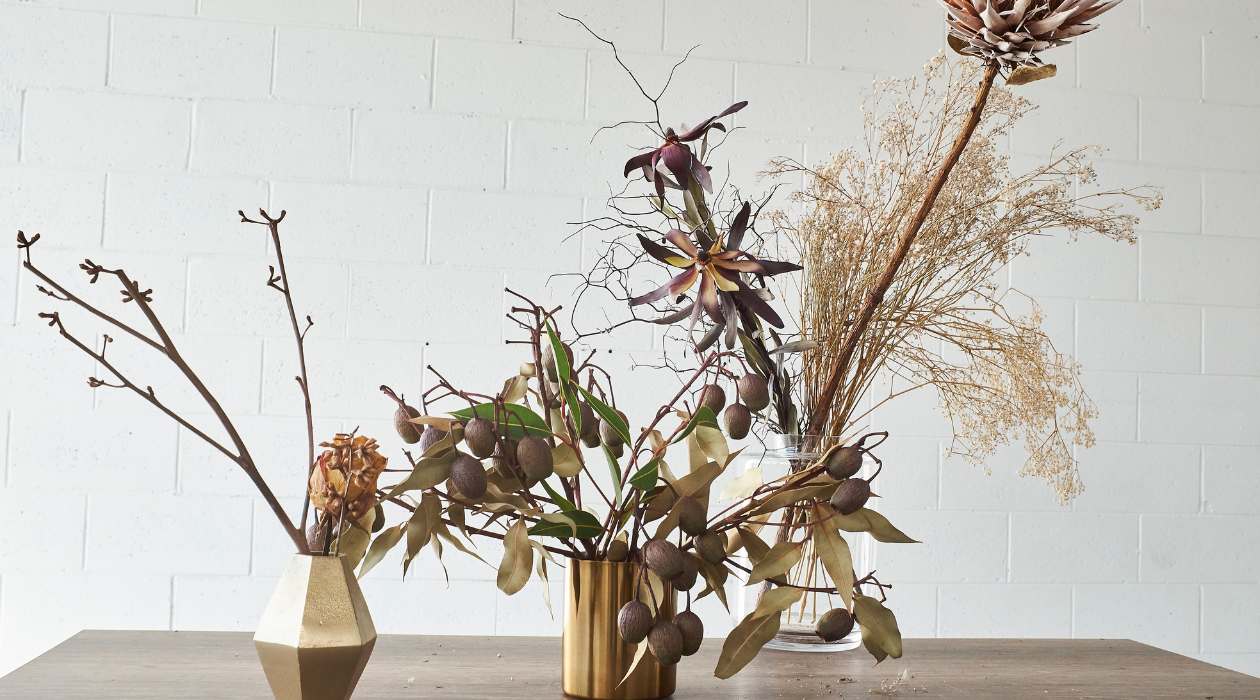
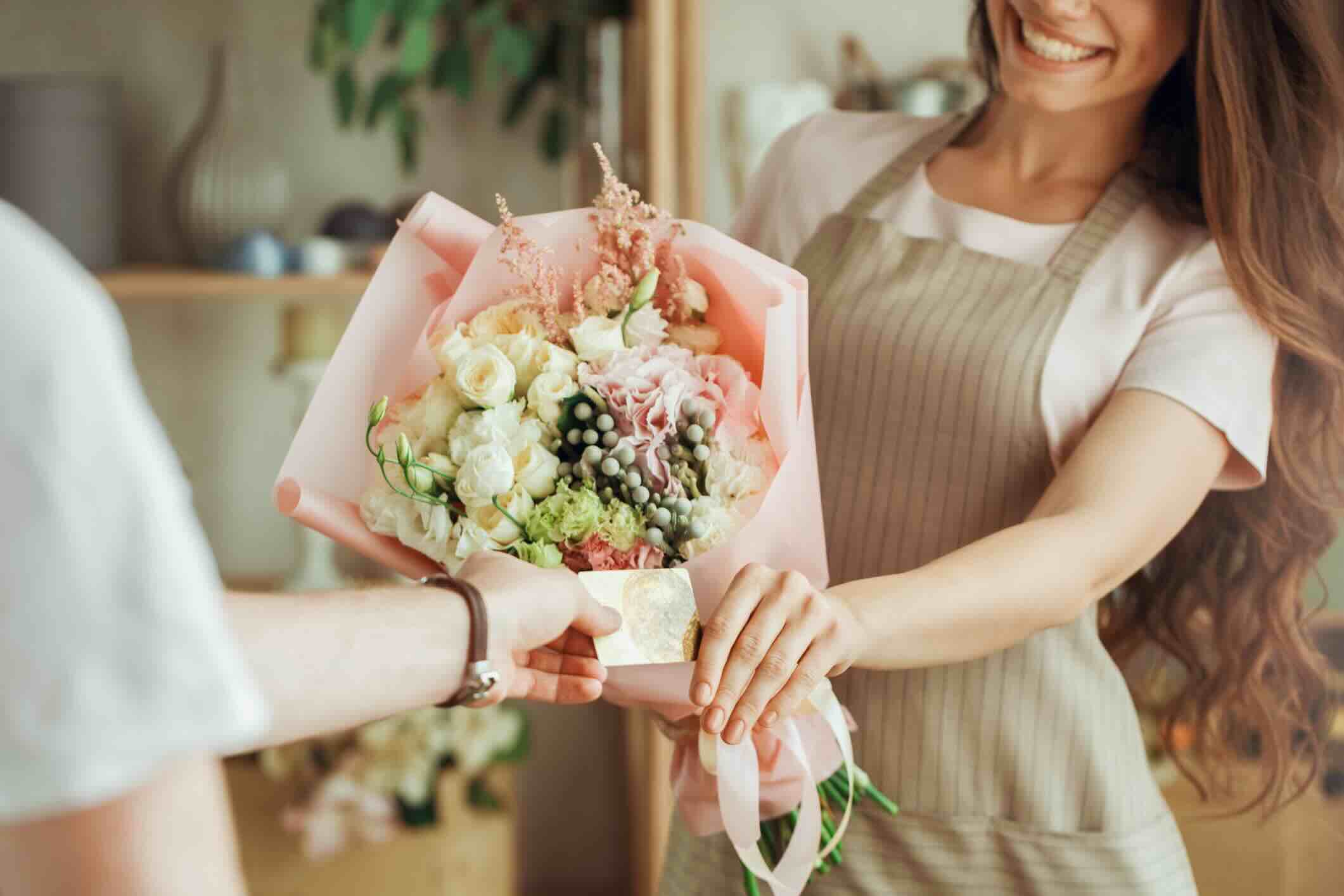
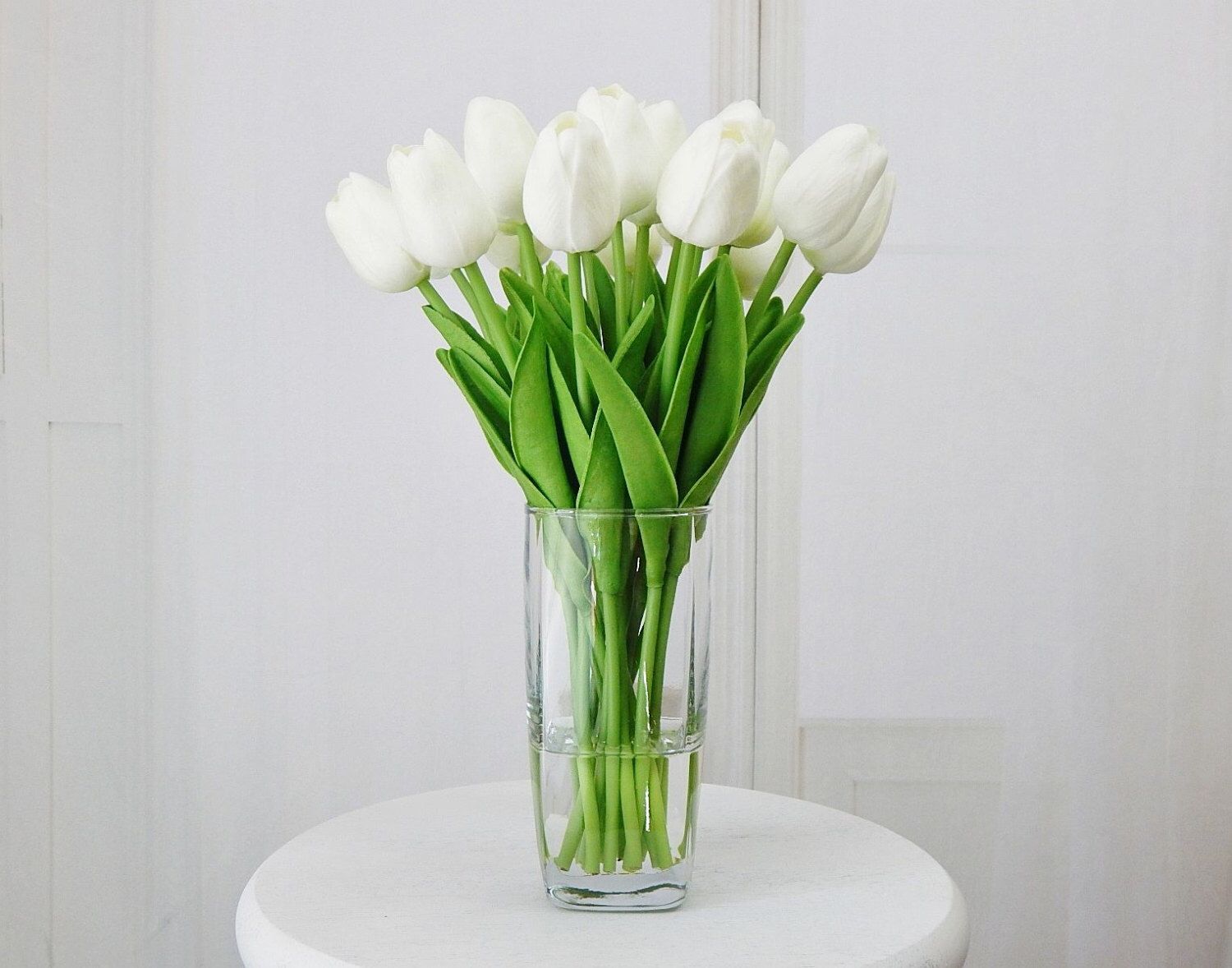
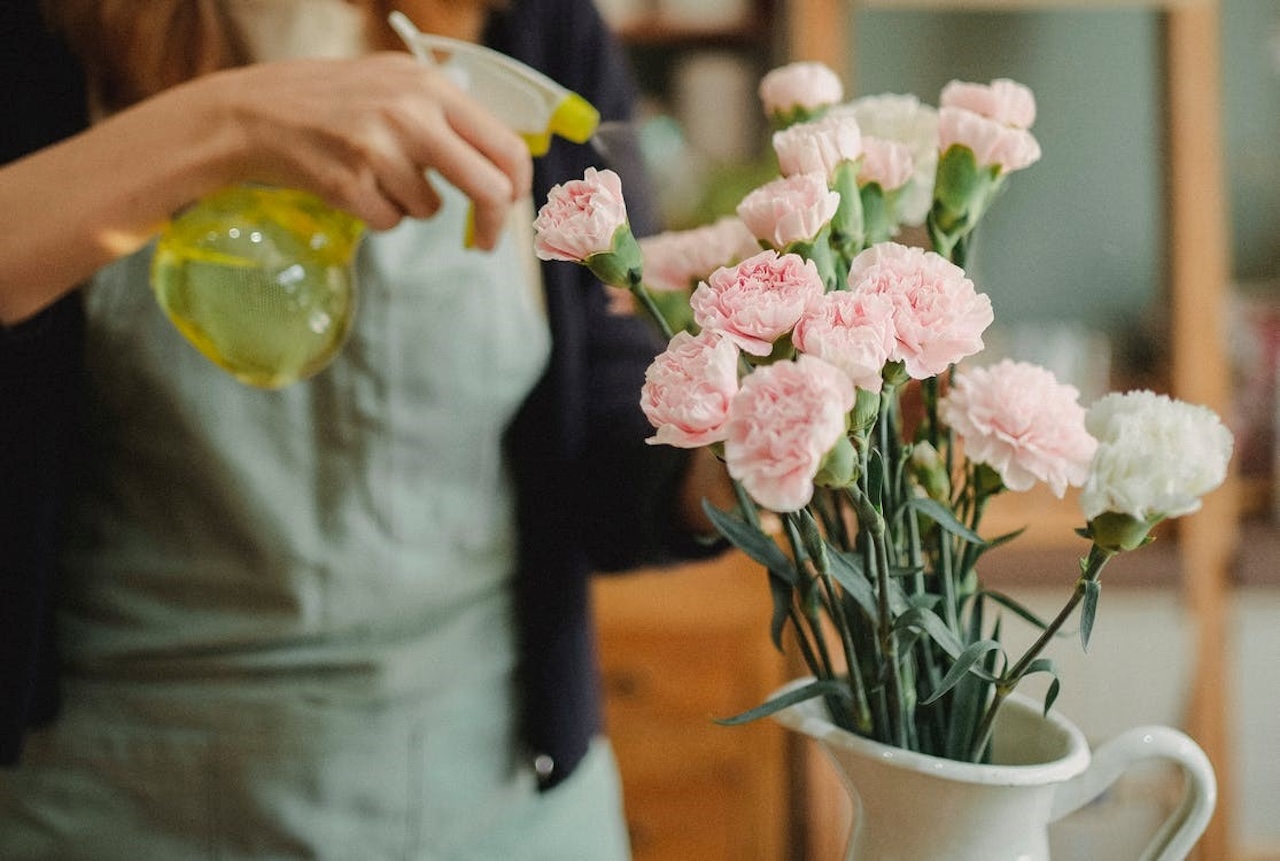
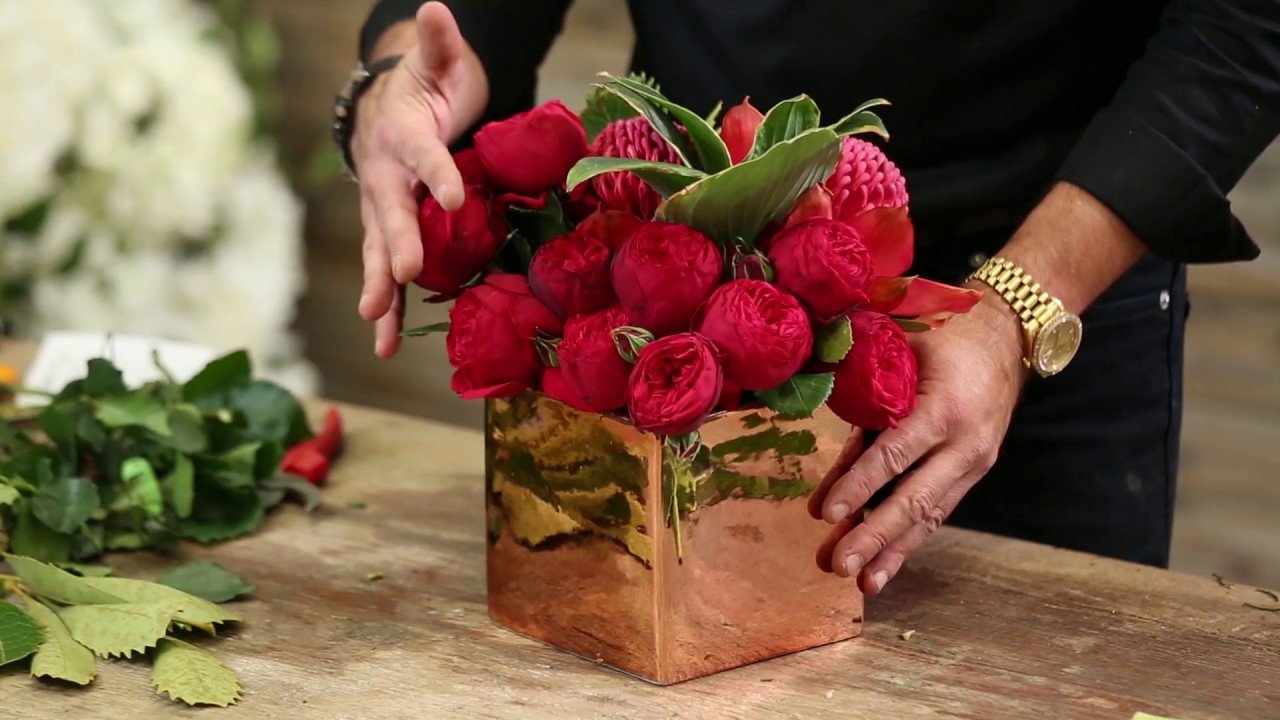
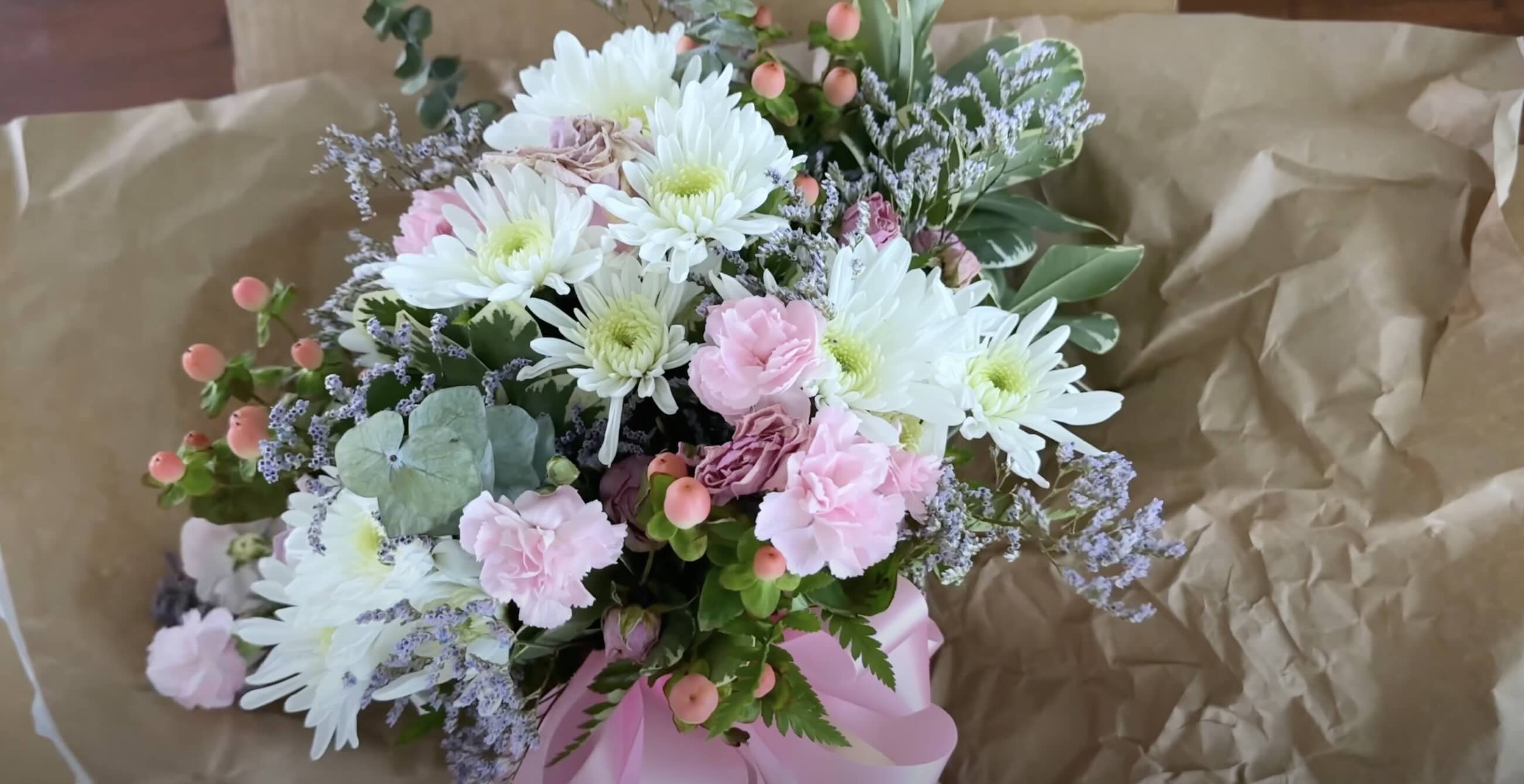
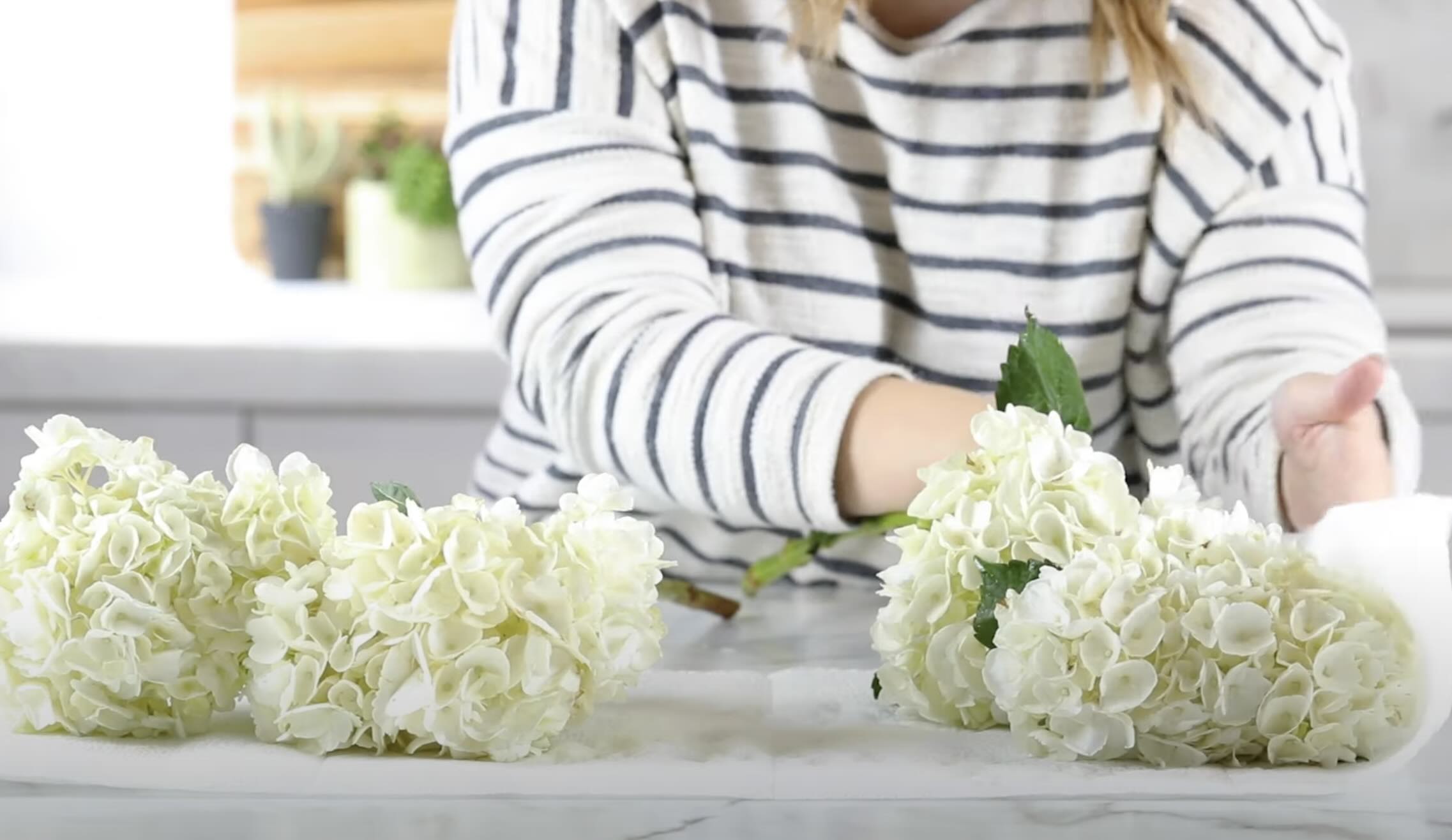
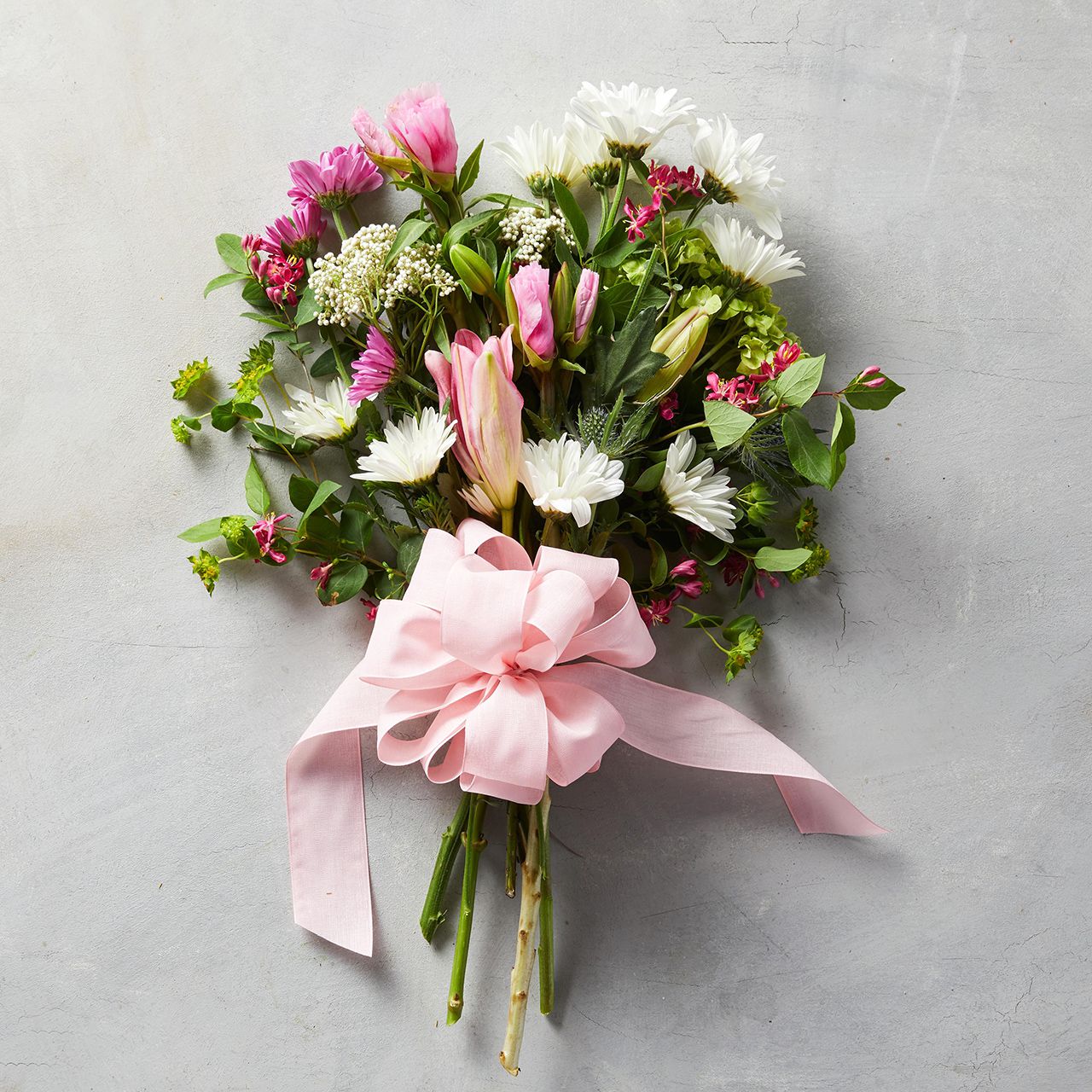
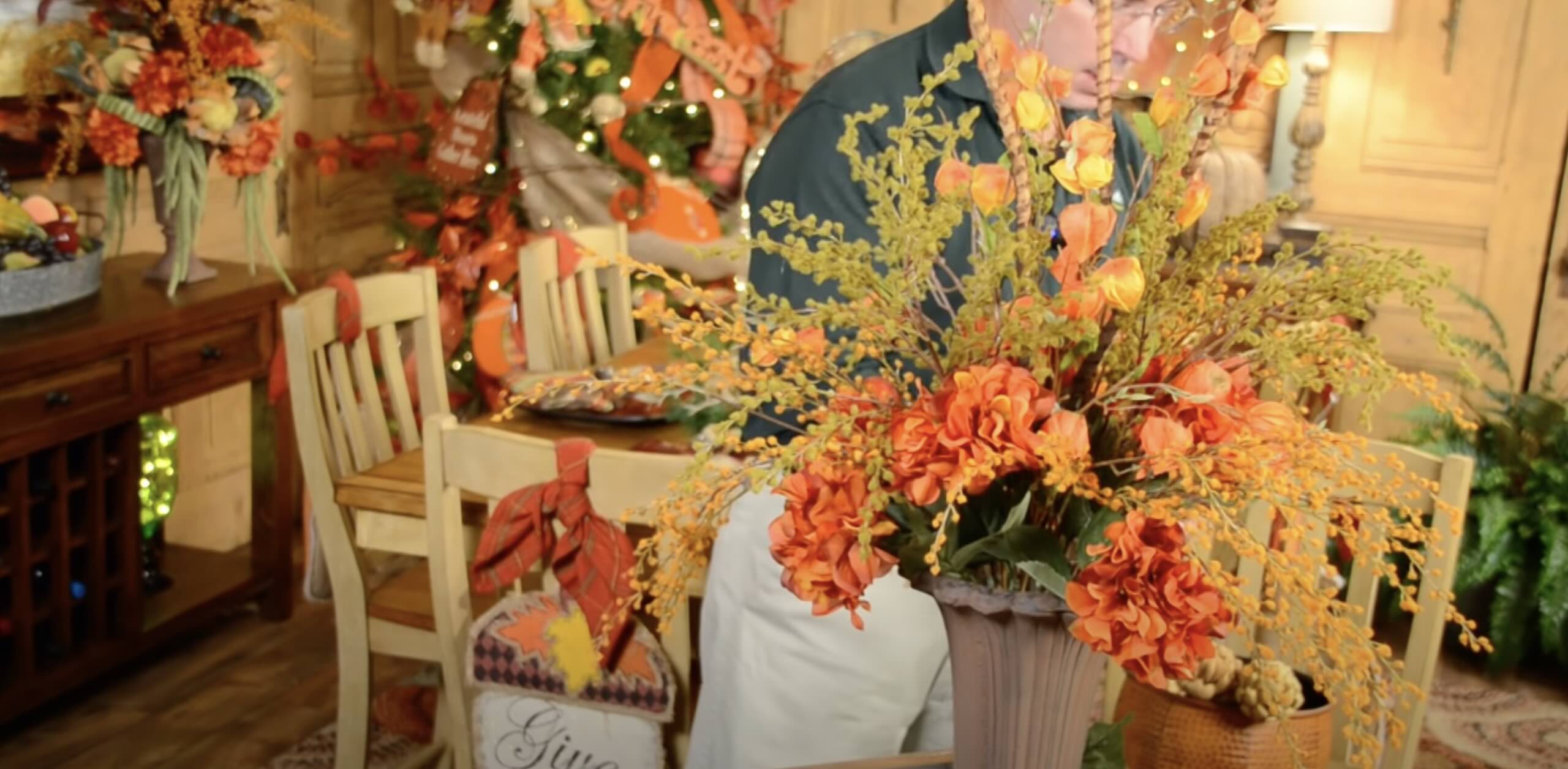

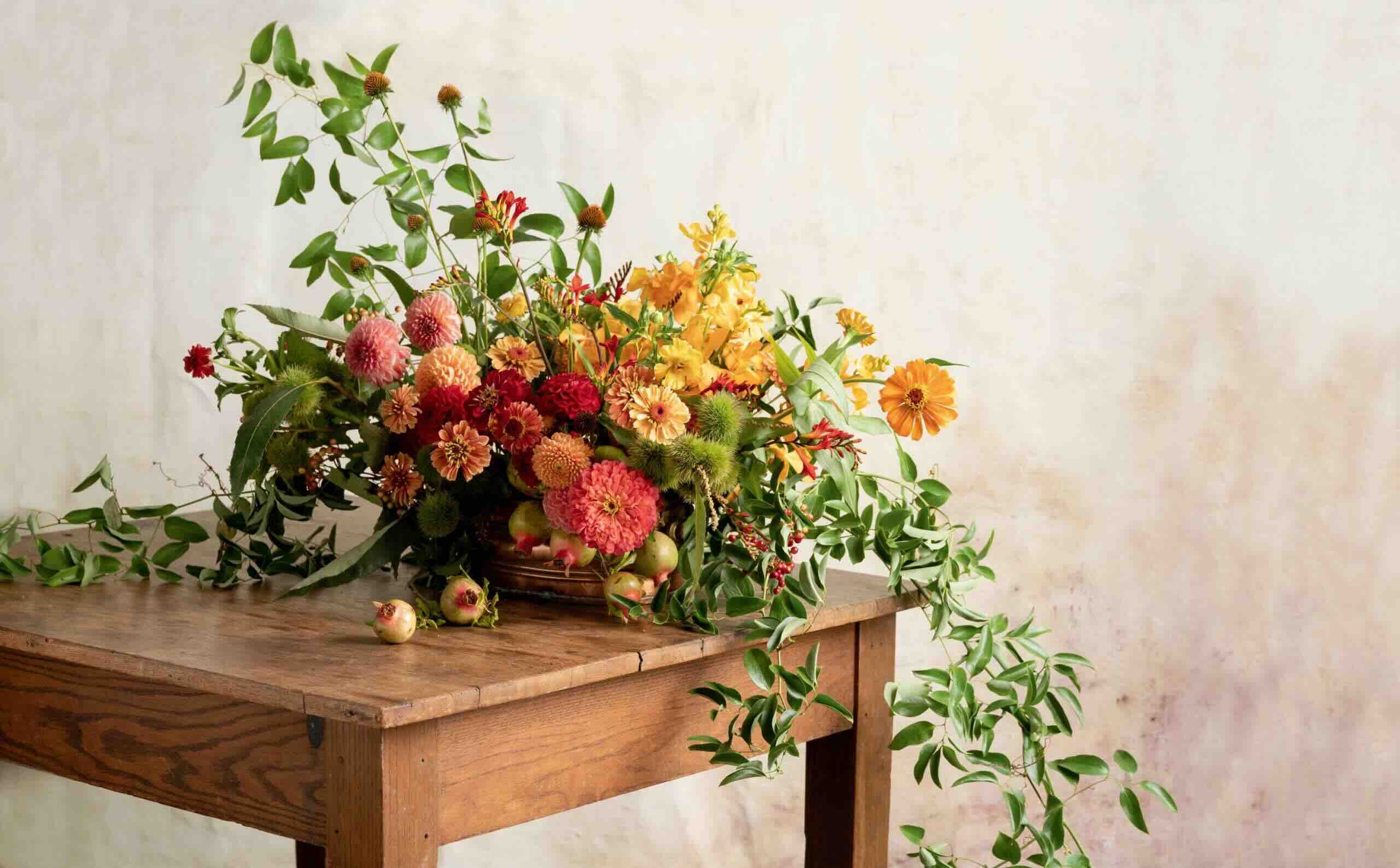
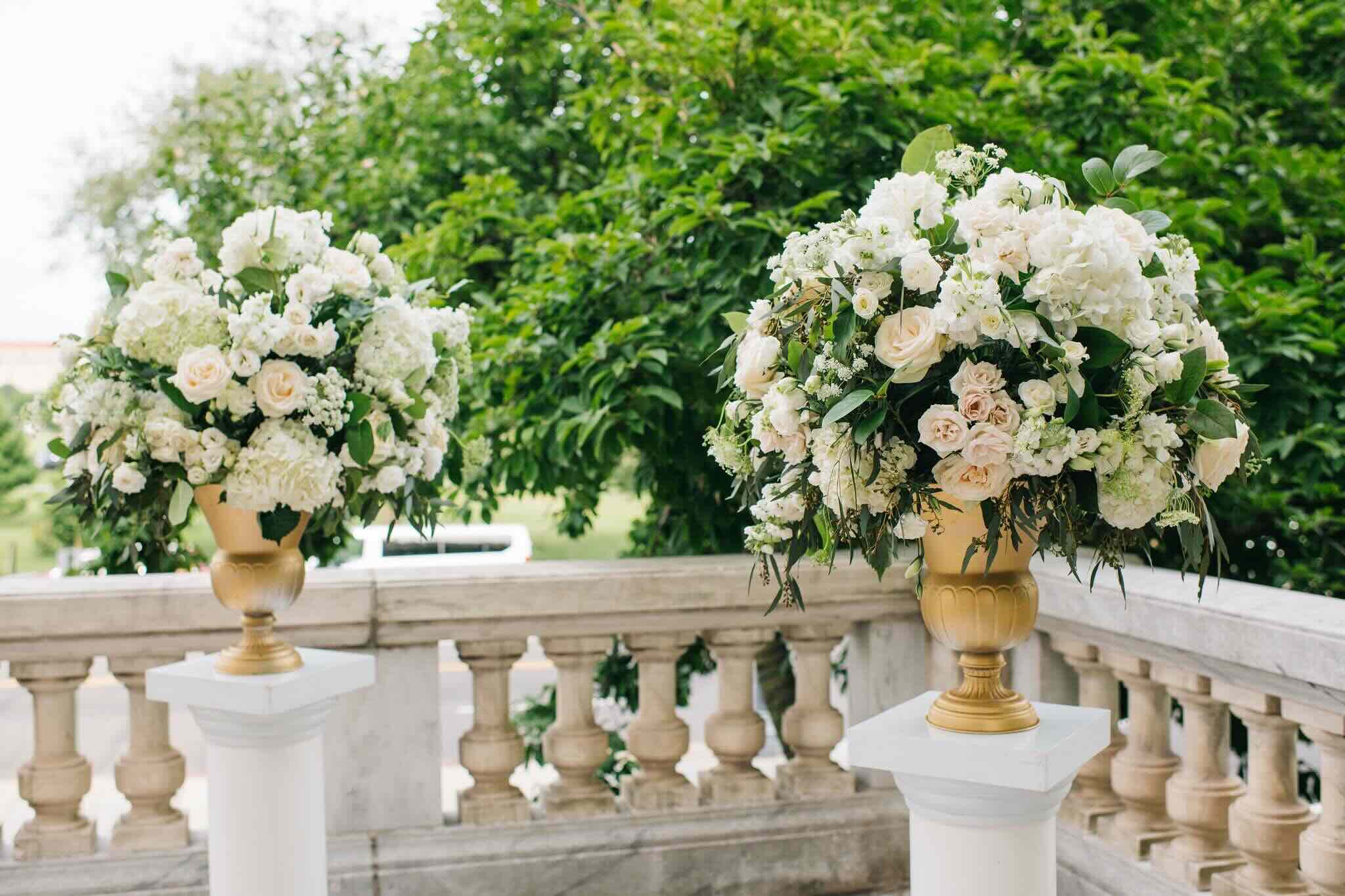
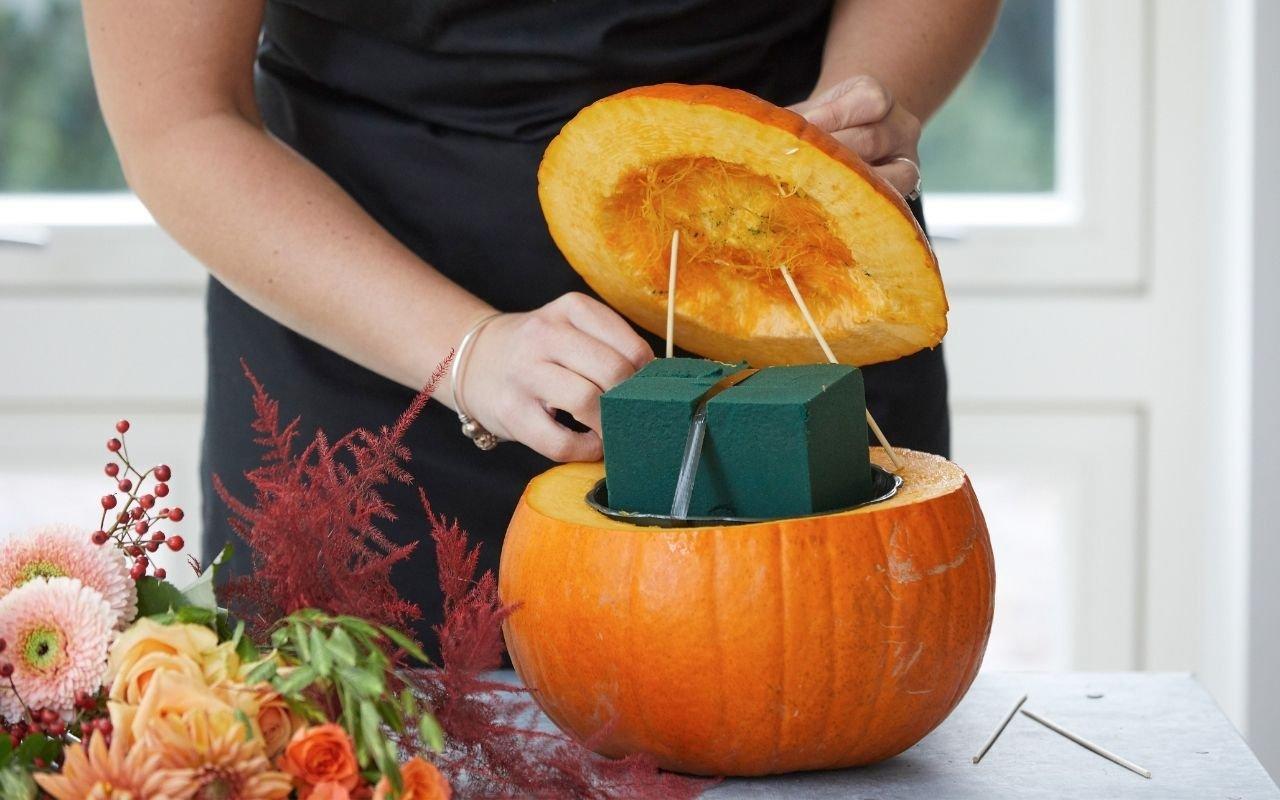
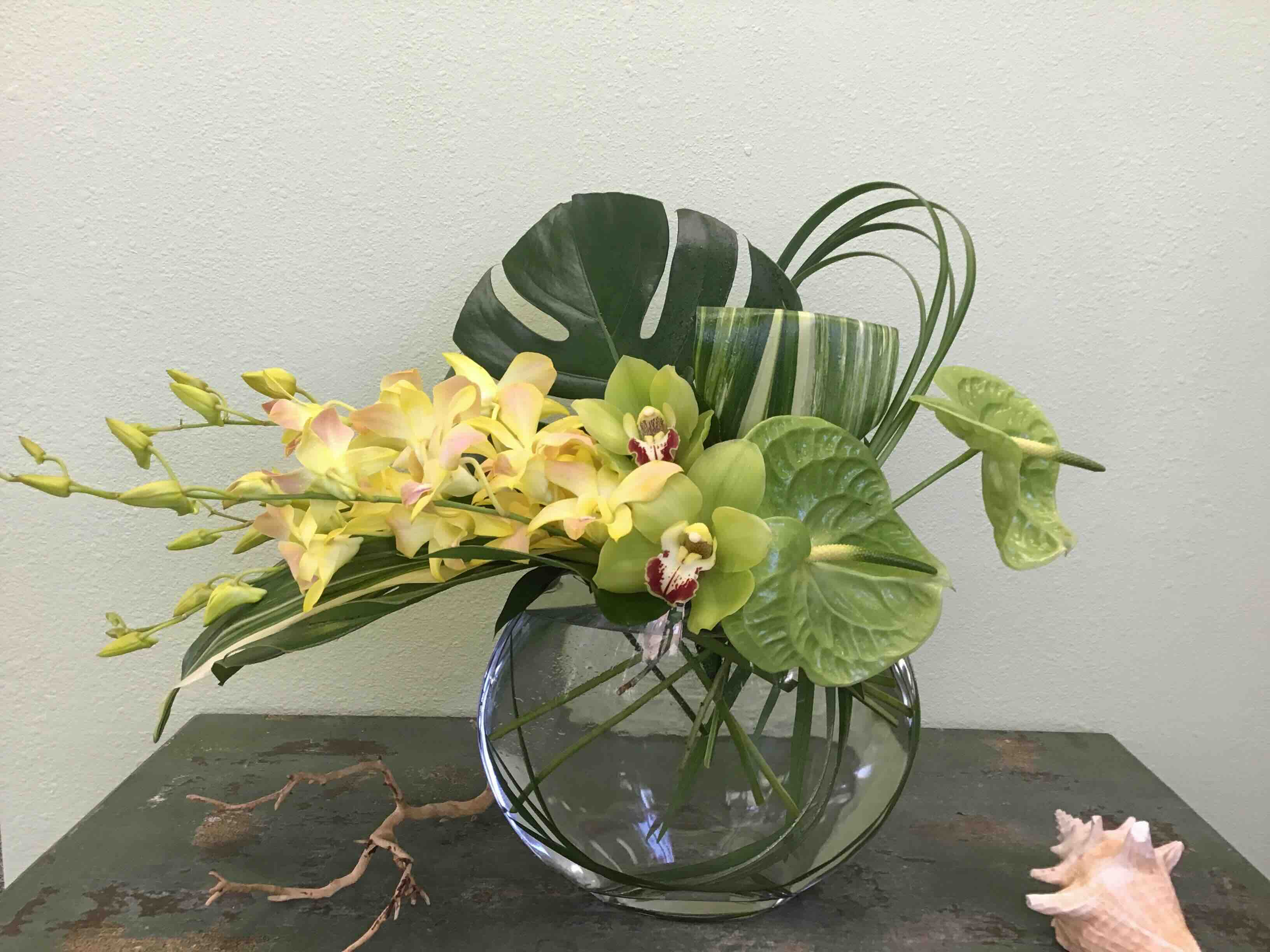

0 thoughts on “How To Color Water For Floral Arrangements”